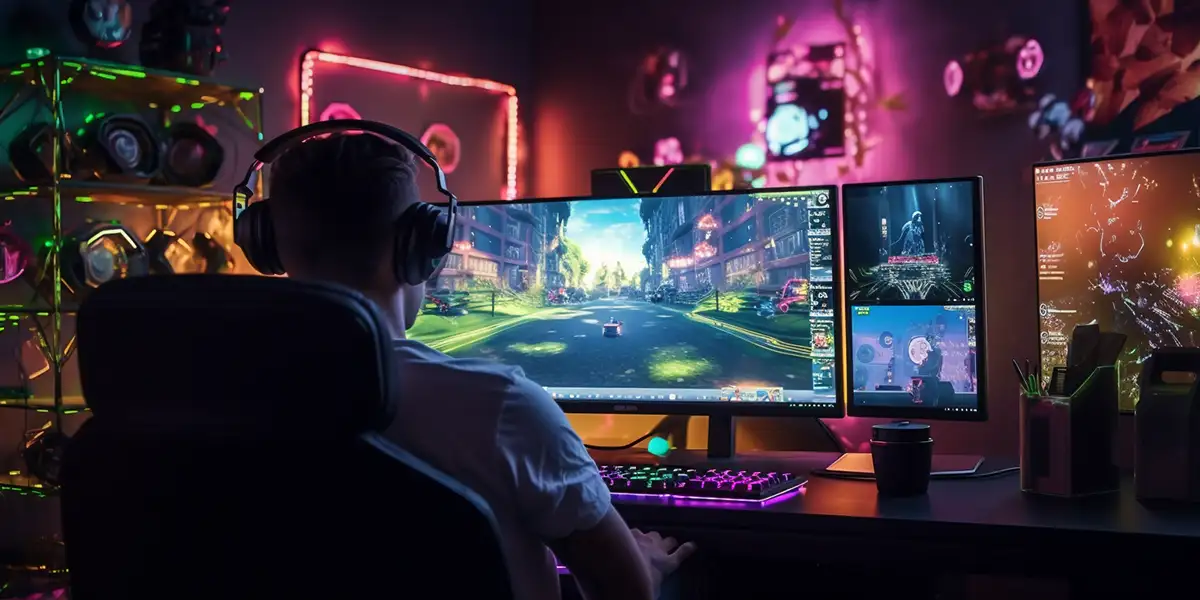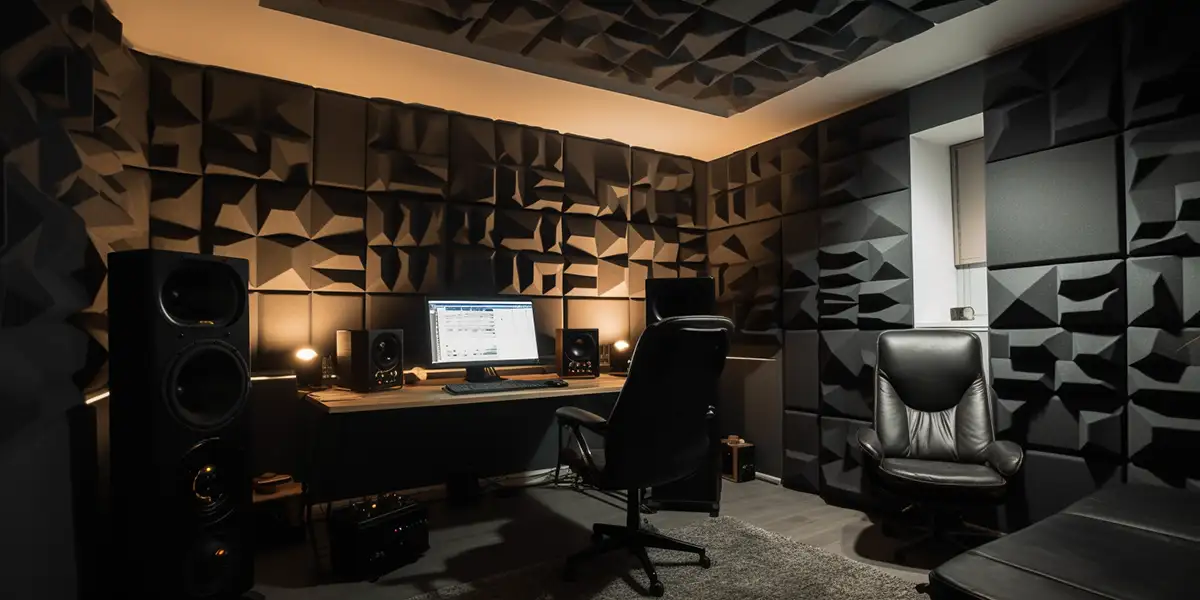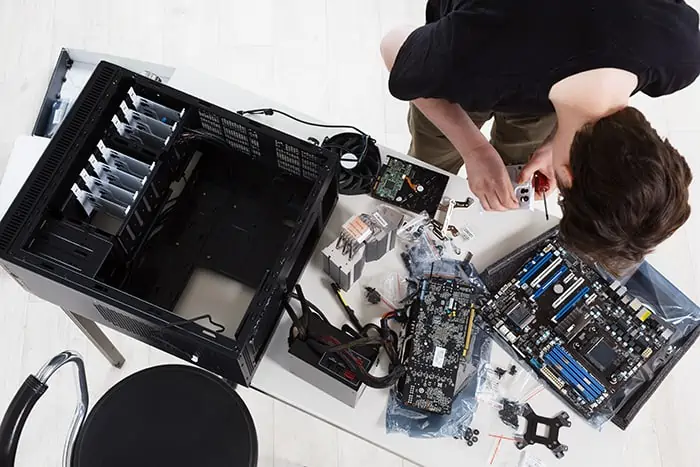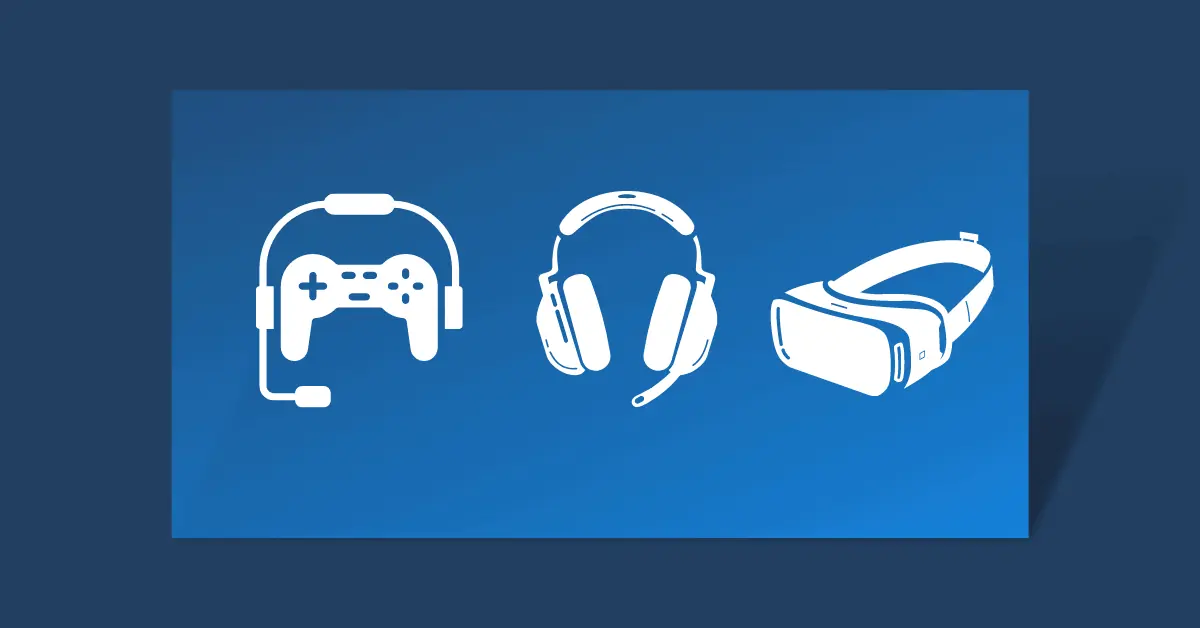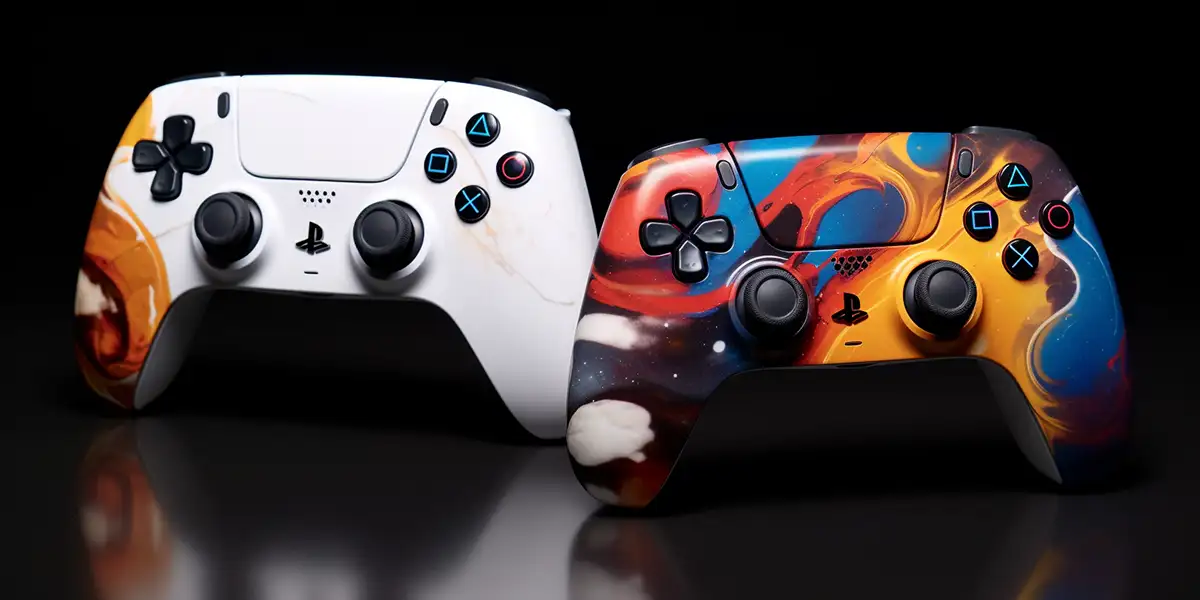How To Hold A Controller For Better Performance And Aim

Hypergraze may earn a commission from purchases made through our links, at no extra cost to you. We only recommend products we trust. For more information, visit my disclaimer page.
Chances are you found this article because you were wondering about different ways on how to hold a controller correctly and play using the claw controller grip.
Believe it or not, the way you hold a controller has a direct impact on your performance. I used to play with a regular grip before I knew of all the benefits you get from playing claw.
I should mention there are only two ways of holding your controller, claw or regular. Every grip that is not claw is considered regular because it’s based on your hand size.
So if you’re wondering how to use claw to increase gaming performance then you have found the right article.
I will teach you everything you need to know about using the claw controller grip from benefits, tips and tricks, and even some alternatives to claw if you just don’t like the style.
So get your controller ready to practice as you read this post.
What is Claw Grip?
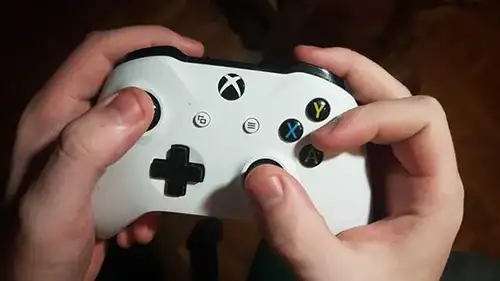
The claw grip is a specific way of holding a game controller that’s often used in competitive gaming. It involves adjusting your right hand position so that you’re using more of your fingers to control the buttons and joysticks.
Using the claw grip method when playing video games can be beneficial, as it generally allows for more responsive and accurate control of the controller.
This allows you to move your character with the analogue stick and press the face buttons without having to move your thumb back and forth, which can potentially increase your reaction time and button pressing speed. Some players find it awkward at first, but with practice, it can become second nature.
Benefits of Using the Claw Grip
There are many benefits to playing with a claw controller grip. Here are some of the main ones:
Increased Speed: With the claw grip, you can press buttons faster. This is because you’re using more fingers to press buttons, so your reaction time can be quicker.
More Versatility: The claw grip allows you to access more buttons without having to move your hand as much. This can be a game-changer in situations where every second counts.
Improved Performance in Certain Games: Some games, particularly those that require complex button combinations, can be easier to play using the claw grip.
How to Use the Claw Grip: Step-by-step Guide
To master the claw controller grip, perform the following steps:
- Step 1: Positioning Your Hands
- Start by placing your hands on the controller as you would normally.
- Step 2: Adjusting Your Right Hand
- Move your right hand so your palm is sitting more on the side of the controller rather than underneath it.
- Step 3: Right Thumb Placement
- Keep your right thumb on the right joystick (for movement or camera controls depending on the game).
- Step 4: Right Index Finger Placement
- Curve your right index finger, in a claw-like fashion, to rest over the face buttons (A, B, X, Y or Triangle, Circle, Cross, Square)
- Step 5: Right Middle Finger Placement
- Use your right middle finger to handle the right shoulder buttons and triggers (R1/R2 or RB/RT).
- Step 6: Left-Hand Remains Standard
- Your left hand should remain in the standard position, with your left thumb on the left joystick, and your left index finger handling the left shoulder buttons and triggers.
- Step 7: Practice
- Take some time to get used to this new grip. Practice moving your character and pressing buttons with your right index finger simultaneously.
The claw controller grip will give you more control over your game, allowing you to respond quickly to changes in the environment. With practice, you’ll become a master of this style of gaming.
Key Considerations For Successfully Using Claw Grip

I know how hard it is to hold a controller while playing claw controller grip. But I have some tips that are beneficial to your development of the claw grip.
Transitioning to Claw Grip: Tips and Tricks
Transitioning to a claw grip can be tricky, so it’s important to take some time to practice and become familiar with the feel of the new grip. To ensure success, here are a few tips and tricks to keep in mind:
- Start Slow: Don’t rush the transition. Start by using the claw grip during casual play or practice sessions, and gradually increase its use as it feels more natural.
- Consistent Practice: Like any new skill, mastering the claw grip will take time and consistent practice. Play a variety of games to get used to different button combinations.
- Stretch Regularly: The claw grip can be uncomfortable at first. To avoid cramping, make sure to stretch your fingers, hands, and wrists regularly.
- Experiment with Hand Position: The exact positioning of your fingers will depend on the size and shape of your hands. Don’t be afraid to slightly adjust the standard claw grip to what feels comfortable for you.
- Use Games with Simpler Controls: When you start out, try using claw grip with games that have simpler control schemes. Once you’re comfortable, move on to more complex games.
- Consider a Custom Controller: If you’re serious about using the claw grip, a custom controller with a design that supports this grip style might be a good investment.
Remember, it’s okay if it feels a bit strange or uncomfortable at first. With time and practice, many players find that the claw grip becomes second nature.
Potential Risks and How to Mitigate Them
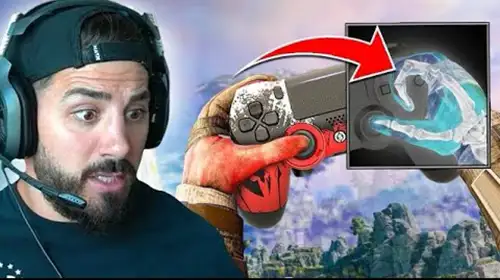
While the claw grip can offer certain advantages in terms of game control, it does come with some potential risks, primarily related to ergonomics and repetitive strain:
- Hand and Wrist Discomfort: The claw grip’s unusual positioning can lead to discomfort or even pain in your hands and wrists, especially during long gaming sessions.
- Repetitive Strain Injury (RSI): Any activity that involves repetitive motion can lead to RSI, and gaming is no exception. The claw grip, due to its unusual and sometimes strained hand positioning, could potentially increase the risk of developing conditions like carpal tunnel syndrome.
- Finger Strain: With the claw grip, your index finger is responsible for pressing multiple buttons rapidly, which might lead to finger fatigue or strain over time.
To mitigate these risks, it’s crucial to take regular breaks during gaming sessions, perform hand and wrist exercises, and listen to your body. If you experience consistent pain or discomfort while using the claw grip, it may be best to revert to a more traditional grip or consult a healthcare professional.
Claw Grip vs. Regular Grip
Regular Grip:
- Ease of Use: The regular grip is the most common way to hold a controller and is usually the way that feels most natural and comfortable for new players.
- Control: The thumbs control the face buttons and joysticks, and the index fingers control the triggers and shoulder buttons. This limits the number of buttons you can press simultaneously and may slow reaction times in games where speed is crucial.
- Comfort: It is generally more comfortable for long gaming sessions as it allows the hand to rest in a more natural position.
Claw Grip:
- Ease of Use: The claw grip can feel unnatural and may take time to get used to. It involves a significant change from the traditional way of holding the controller.
- Control: This grip allows for faster button pressing and the ability to press more buttons simultaneously without moving your hand as much. The right thumb controls the joystick, the right index finger controls the face buttons, and the right middle finger controls the triggers.
- Comfort: The claw grip can cause discomfort or even strain until you get used to it. It’s important to take regular breaks and listen to your body to prevent potential strain injuries.
In terms of which one to choose, it really depends on the individual player, the games they play, and their level of comfort with changing their grip style. Some players may find the benefits of the claw grip to be game-changing, while others may prefer the comfort and ease of the regular grip.
Common Games Where Claw Grip is Advantageous
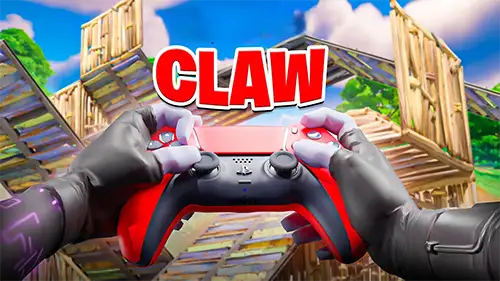
Whether or not the claw grip is advantageous can depend heavily on personal preference and the specific games you’re playing. However, there are certain types of games where the increased speed and flexibility offered by the claw grip can be particularly beneficial.
First-Person Shooters (FPS) and Third-Person Shooters (TPS): In shooter games like Call of Duty Warzone, being able to quickly press multiple buttons without removing your thumb from the right thumbstick (the analog stick responsible for aiming in most games) is a significant advantage.
It allows you to aim, shoot, and perform actions like jumping or reloading simultaneously. This is particularly noticeable in fast-paced games like “Call of Duty”, “Halo”, and “Fortnite”.
Action-Adventure and Role-Playing Games (RPGs): These games often require complex combinations of buttons to perform certain actions or combos. With the claw grip, you have more fingers available to press buttons, which can make performing these combos easier and faster.
This can be beneficial in games like “Dark Souls”, “Monster Hunter”, or “Final Fantasy”. MMOs with PvP can benefit from playing claw.
Fighting Games: In these games, the speed at which you can press buttons and execute combinations can directly influence the outcome of a match. The claw grip can provide an advantage here by allowing quicker input of complex button sequences. Games like “Street Fighter”, “Tekken”, and “Super Smash Bros.” can benefit from this.
It’s important to note that while the claw grip can offer certain advantages in these types of games, whether or not you use it should ultimately come down to your personal comfort and preference. But if you think claw isn’t for you the next section will give you a great alternative.
What Alternatives to Claw Grip Exist
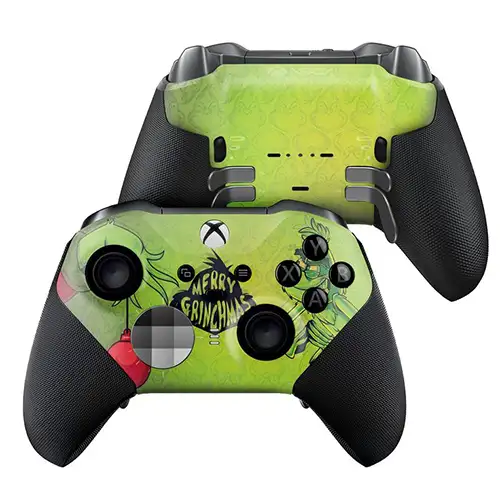
While the claw grip offers unique advantages for certain games and players, it’s not the only alternative to the traditional grip. Here are a few other options:
Standard Grip: The most common way to hold a controller, with thumbs on the joysticks and index fingers on the triggers.
Custom Controllers: Custom controllers can take your gaming experience to the next level! These controllers are designed with usually back buttons or paddles and have other modifications that allow you to keep your right thumb on the analog stick at all times.
With a custom controller, gamers can have more control over their gaming experience and make more precise movements, allowing for better gameplay.
You can even use a custom controller while using claw grip for even more benefits like pressing only triangle and square with your right pointer finger and having back paddles/buttons for circle and X.
If you want to try a custom controller instead of using claw, check out the best websites for custom controllers.
FAQs
Does Claw Grip Cause Hand Strain?
Claw grip can potentially cause hand strain due to its unusual and somewhat forced positioning. However, this usually depends on how long you’re gaming and how often you’re using this grip. Regular breaks and hand exercises can help mitigate this risk.
Can Custom Controllers Improve My Experience with Claw Grip?
Yes, custom controllers can help claw grip because you don’t need to play claw while pressing multiple buttons. You can use your index finger for triangle and square and use your ring finger and pinky for the added buttons or paddles from the custom controller.
Do Professional Gamers Use Claw Grip?
Yes, many professional gamers use the claw grip because it can increase the speed and versatility of controller use. However, it ultimately comes down to personal preference and the specific demands of the game they’re playing.
How Long Does It Take to Get Comfortable with Claw Grip?
The time it takes to get comfortable with the claw grip varies between individuals. For some, it might be a matter of days, while for others it could take weeks of regular practice. Patience and consistent use are key to getting comfortable with this grip style.
Conclusion
We’ve walked through the ins and outs of the claw grip style, offering a step-by-step guide on how to implement it, and providing some valuable tips and tricks to ease your transition. We’ve also discussed the benefits, potential risks, and alternatives to this particular grip.
While the claw grip might seem intimidating or uncomfortable at first, remember, mastering anything new takes practice and patience. With time, you may find that this grip style significantly improves your gaming performance.
As someone with a deep passion for gaming and a wealth of experience exploring different strategies and techniques, I encourage you to give the claw grip a try. You never know, it might just be the game-changer you’ve been looking for. And even if you decide it’s not for you, try a custom controller with back buttons. And check out my article to see if custom controllers are worth it for you.

